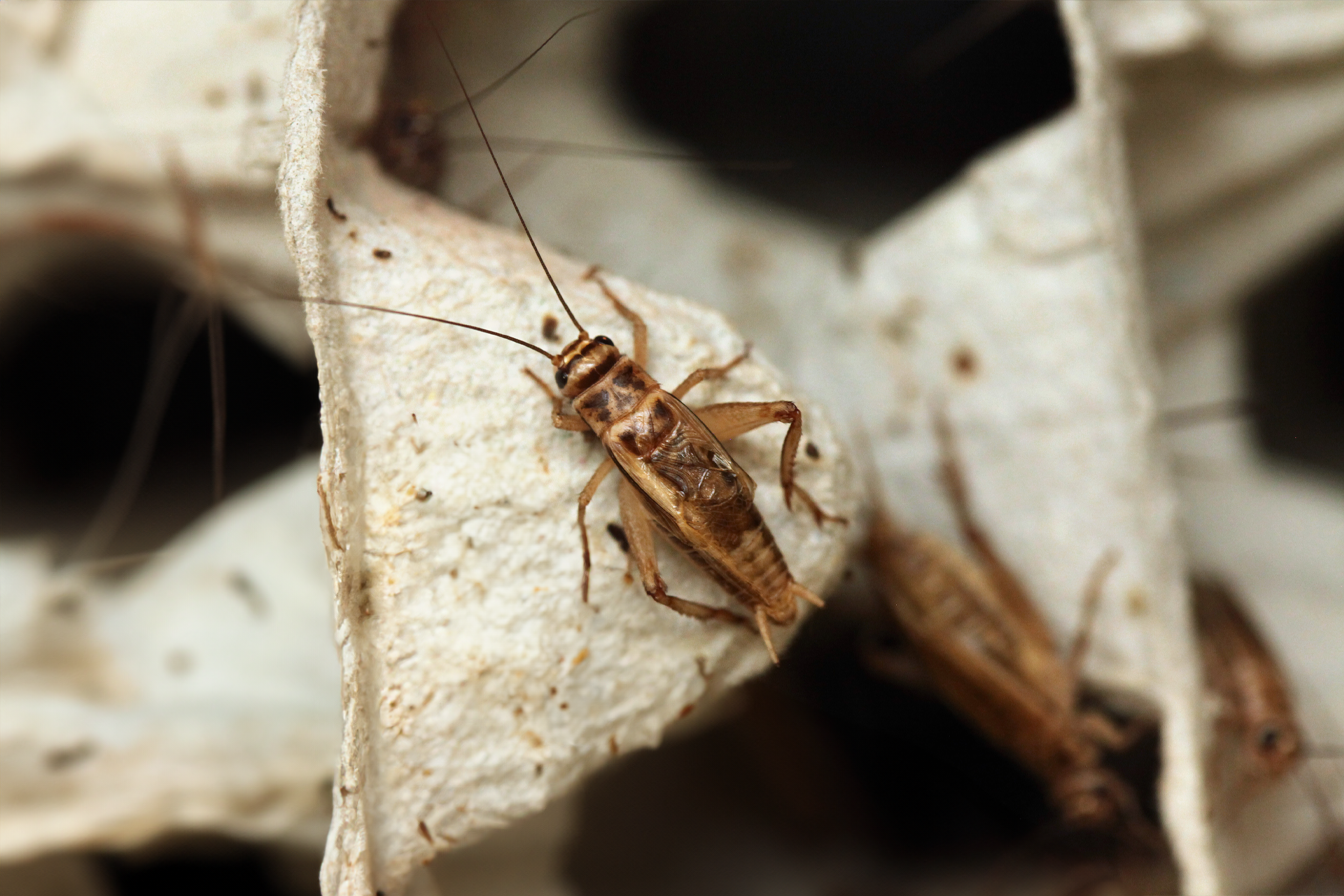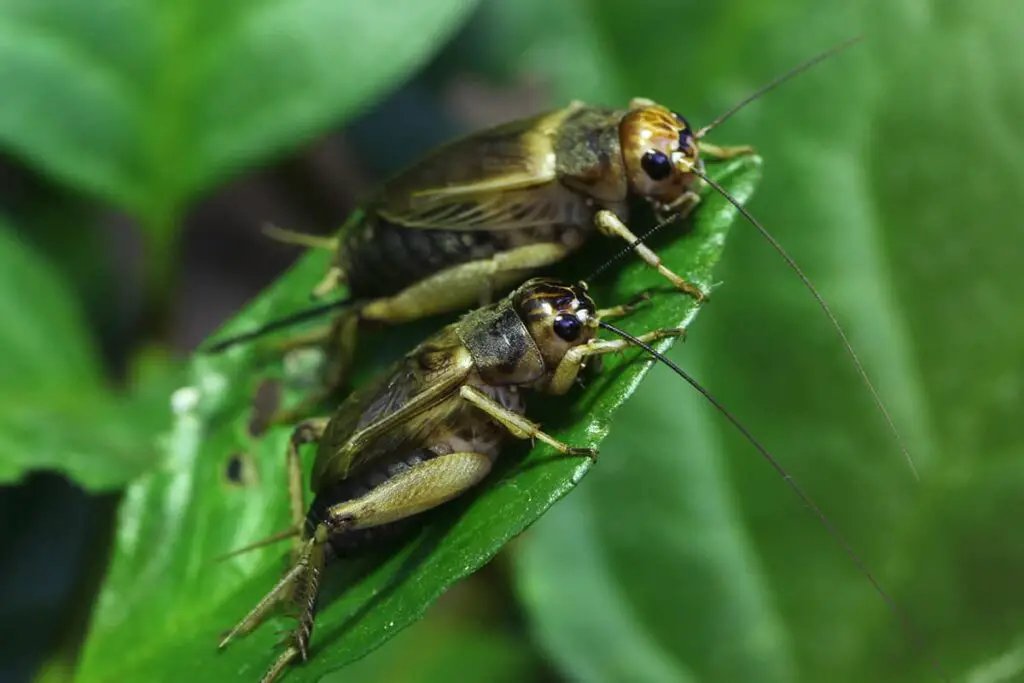
Finding crickets locally can be a rewarding quest whether you’re an enthusiast looking to study their behavior, a pet owner in need of live feed, or an angler seeking natural bait. Understanding the habitats and behaviors of crickets is the key to locating them efficiently. Typically, crickets thrive in warm, moist environments where they have access to shelter and food. This could be your backyard, a nearby field, or even damp areas beneath debris or rocks.
If you’re on the hunt for crickets, timing is also crucial—they are nocturnal and most active during twilight hours. Listen for their distinctive chirping, which males produce by rubbing their wings together to attract females. This can guide you to their location. Keep in mind that different species might prefer varied environments, from grassy fields to forest floors covered in dense leaf litter.
When searching for commercial sources of live crickets, look for reputable farms or suppliers that prioritize the health and quality of their crickets. Whether you need crickets as a nutritious food source for your pets or as effective fishing bait, choosing a provider that uses sustainable practices will ensure you are getting the best product while supporting environmentally responsible businesses.
Understanding Crickets
To effectively find local crickets, you need to understand their species, habitats, and the advantages they bring to your area.
Identifying Local Cricket Species
First, familiarize yourself with the types of crickets that are native to your region. Each species may have unique characteristics, such as their chirping sounds, size, and color. For example, the field cricket is common in many areas and can be identified by its dark, shiny body and chirping at night.
Crickets’ Natural Habitats
Crickets thrive in a variety of environments. They’re often found in places that are damp and dark, like under rocks or logs. Learning about these natural habitats can guide you to where crickets are most likely to be found in your locality.
Benefits of Local Crickets
Local crickets can be beneficial for your garden as they participate in the decomposition process and serve as food for local predators, thus playing an important role in your ecosystem. Plus, crickets are a source of high-quality protein for pets and wildlife.
Sourcing Crickets
Finding local sources of crickets requires knowing where to look and what methods to use. Whether you prefer the convenience of stores or the adventure of the outdoors, the following tips will help you source crickets successfully.
Local Pet Stores and Breeders
Pet Stores: Your local pet stores are a great starting point. They often have a supply of crickets for sale, primarily intended as pet food for reptiles and amphibians. Check the store’s frequency of new cricket shipments to get the freshest ones.
Availability: Visit Cricket Farming: The Ultimate DIY Guide – Crickster to understand current market prices and availability.
Quality: Look for active and lively crickets – a sign of good health.
Breeders: Local cricket breeders can offer larger quantities at competitive prices.
Expertise: Breeders can provide you with a wealth of knowledge on cricket care and breeding, ensuring you get the best stock.
Reliability: Find a reliable banded cricket supplier for sustained quality and service.
Outdoor Cricket Hunting Tips
Habitat: Crickets thrive in warm, moist environments. Check areas with tall grasses, under rocks, or logs, especially during the evening or at night when they are most active.
Equipment: Arm yourself with a flashlight and a net. Wear gloves to protect your hands while searching.
Stealth: Approach cricket hiding spots quietly to avoid startling them.
Capture: Use a net to swiftly catch the crickets, or guide them into a container. Ensure it is well-ventilated for transport.
Permits: Always be aware of local wildlife regulations – some areas may require permits for cricket hunting, or have restrictions on collecting native species.
Storage and Maintenance
To ensure that your crickets thrive and are ready for use, paying attention to their storage and maintenance is critical. You’ll want to create a controlled environment, provide consistent food and water, and monitor their health regularly.
Creating a Suitable Environment
To store crickets effectively, you’ll need to provide a habitat that mimics their natural conditions. Temperature control is vital; crickets generally prefer temperatures between 70 to 75 degrees Fahrenheit. Remember to include adequate ventilation in your cricket container to prevent moisture buildup, which can lead to mold and mite infestations.
Feeding and Watering Practices
Crickets require a regular diet consisting of high-protein foods such as commercially available cricket food or grains. For hydration, it’s safer to use a shallow water dish with a sponge or water crystals to prevent drowning. Change the food and water every couple of days to keep it fresh and reduce the risk of contamination.
Monitoring Cricket Health
To maintain a healthy cricket population, inspect them frequently for signs of disease or distress, such as lethargy or a lack of movement. It’s essential to remove any dead crickets promptly from the container to prevent the spread of bacteria and fungi, which can harm the remaining crickets. Regular checkups will help catch issues early, ensuring a longer life for your crickets.
Legal Considerations
Before venturing into the world of cricket procurement, it’s crucial to understand the regulations that govern their collection, transportation, and sale. Ensuring you comply with the law can save you from potential fines and contribute to sustainable practices.
Regulations on Cricket Collection
When you’re considering collecting crickets, first check your local wildlife regulations. Some areas might have specific seasons when cricket collection is permitted. These rules are in place to protect local ecosystems. Additionally, certain species may be protected or endangered, making it illegal to collect them without a specific permit.
Transportation and Sale Permissions
Once you have crickets, you’ll need to be aware of the laws regarding their transportation. Verify if there are quarantine measures or documentation required, especially if crossing state lines. Selling crickets also demands awareness of local and state business licenses and taxation laws. Make sure you have the right permits to sell livestock, which crickets may fall under, and understand the tax implications related to the sale of crickets.
Frequently Asked Questions
Navigating through the various options to purchase live crickets can be tricky, but with the right information, you’ll find what you need whether it’s for your pet’s food or for research purposes.
What are the best ways to find live crickets for sale near me?
You can locate live crickets in your vicinity by searching for local pet stores or bait shops. Searching online marketplaces or communities dedicated to reptile and amphibian care may also yield nearby sellers.
Can I get live feeder crickets delivered on the same day?
Same-day delivery for live feeder crickets depends on the supplier’s proximity and shipping options. Some specialized pet retailers or local stores may offer this service if you’re within a certain area.
Are there stores that offer live crickets with free shipping?
Yes, several online stores specialize in live pet food and offer free shipping over a certain order amount. Make sure to read their shipping policies to see if you qualify.
How do you determine reputable suppliers of live crickets?
Reputable suppliers often have positive customer reviews, a clear return policy, and transparent care instructions for the crickets they sell. Look for those who are well-regarded in pet care communities.
What should I look for when searching for quality feeder crickets?
Quality feeder crickets should be lively, well-fed, and kept in clean conditions. Suppliers who provide information on the crickets’ diet and habitat are typically a better choice.
Is it possible to find live crickets at common pet supply stores?
Yes, it’s quite common to find live crickets at pet supply stores. They frequently stock crickets as feed for reptiles and amphibians and may offer a variety of sizes.
Driven by a passion for those tiny creatures that rule our world, we at Bug Domain strive to be your go-to resource for information on insects.



